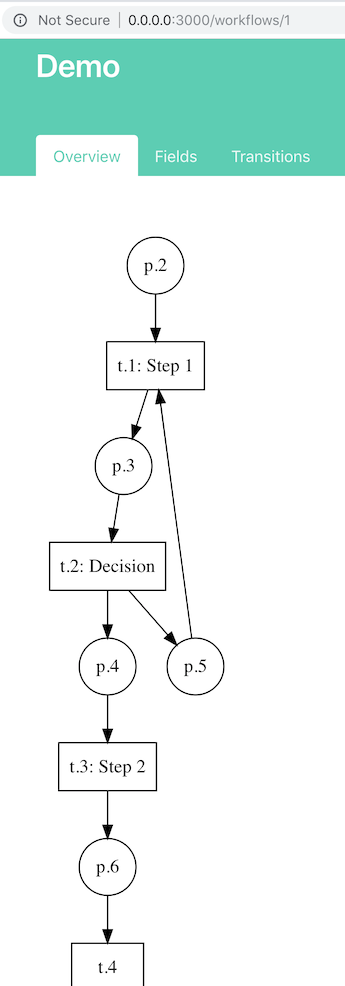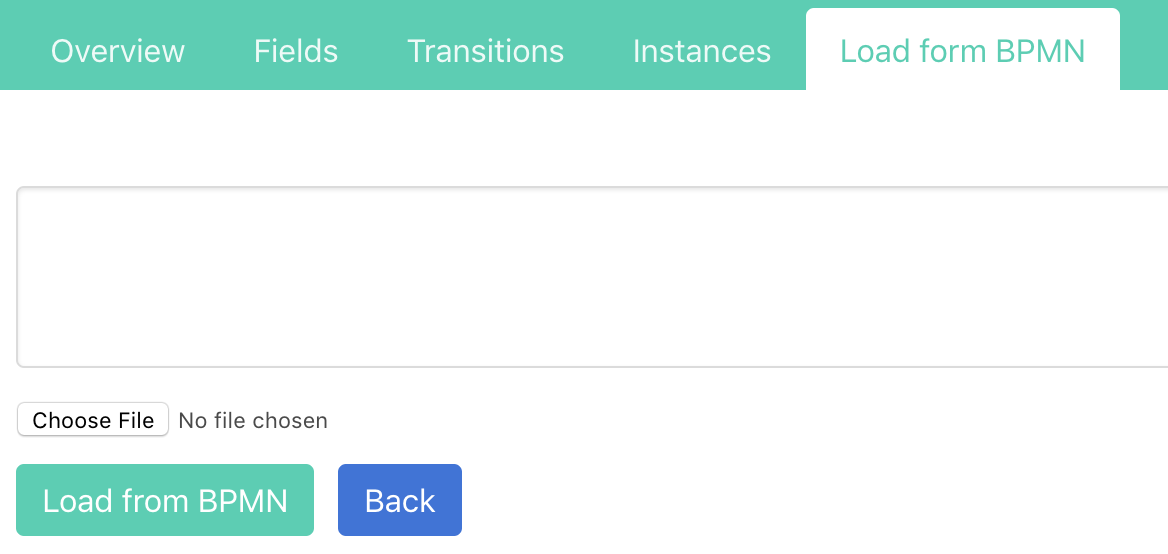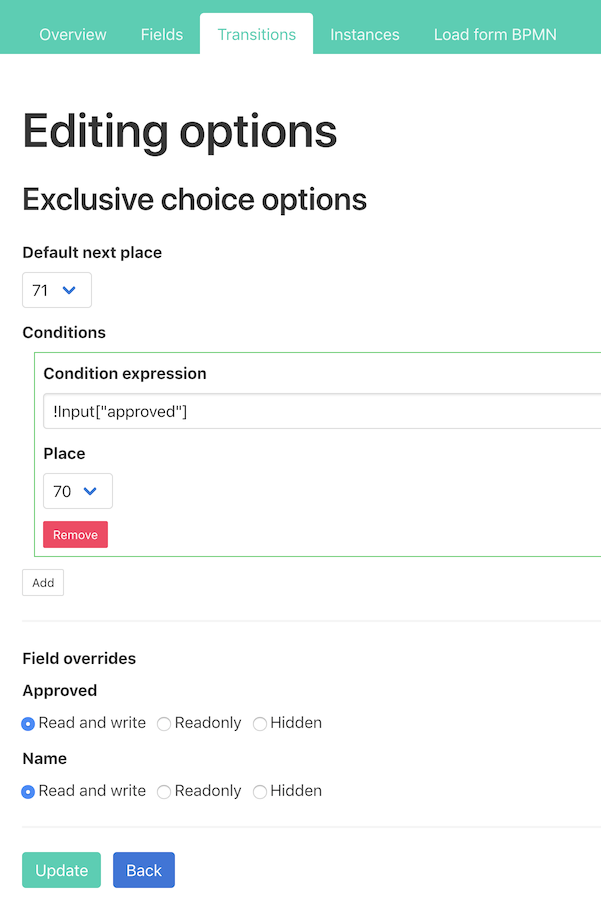rails-engine / Workflow_core
Programming Languages
Projects that are alternatives of or similar to Workflow core
Workflow Core
WorkflowCore is under development, the codebase is unoptimized and has many bad practices, I may do breaking changes even force pushing to master branch.
In short, it's not ready yet, but I realize that a workflow engine is complicated to design and it needs a long term to done well, so I decide to open source at early stage.
Any way, feedbacks and suggestions are highly welcome!
A Rails engine which providing essential infrastructure of workflow.
WorkflowCore is originally designed for Business Process Management (BPM), in this scenario:
- Workflows are usually defined by users dynamically
- Task may tight with application features
- May meet some special or weird requirements
WorkflowCore is based on Petri Net technique, and only providing essential features for a workflow engine.
Features
Models to describe Petri Net
There are two kinds of nodes
- Place (circles): represent the states of a system
- Transition (squares): represent state changes
WorkflowCore provides Place & Transition models that can represent a Petri Net, and a Workflow model as root.
Models to describe workflow instances
Workflow net use Token (dots in places) to tracking states of a process, every place can contain one or more tokens.
WorkflowCore provides WorkflowInstance model represent processes, and it has many tokens.
Interfaces to define how to transit
Transition has a transactional fire method which accept a token that would consume it and generate new token(s), developer could create many kinds of transitions and overrides on_fire to define how to transit
In addition, on_error is used for error handling.
Why “core”
Because it's not aim to "out-of-box", some gem like Devise giving developer an out-of-box experience, that's awesome, but on the other hand, it also introducing a very complex abstraction that may hard to understanding how it works, especially when you attempting to customize it.
I believe that the gem is tightly coupled with features that face to end users directly, so having a good customizability and easy to understanding are of the most concern, so I just wanna give you a domain framework that you can build your own that just fitting your need, and you shall have fully control and without any unnecessary abstraction.
BTW, the dummy app is a full-featured app with production level codebase that you can freely to reference it.
Todo
- Find a good way to validate all nodes of the net, when? where? how?
- Consider native workflows (those which defined in code and tight with the app) support
- Stabilizing interfaces.
- Evaluate that can supporting async, scheduled and event-based transition properly.
- Efficiency (especially database queries).
- Easy to use.
- Transforming to graph representation for visualization and other usages (e.g proving Soundness).
- Polish codebase.
- Continually improving dummy app.
Requirements
- MRI 2.5+
- Rails 6.0+
Usage
See demo for now.
Installation
Add this line to your Gemfile:
gem 'workflow_core'
Or you may want to include the gem directly from GitHub:
gem 'workflow_core', github: 'rails-engine/workflow_core'
And then execute:
$ bundle
Copy migrations
$ bin/rails workflow_core:install:migrations
Then do migrate
$ bin/rails db:migrate
Demo
Demo is also under development.
The dummy app integrates with Form Core and Script Core shows an Approving Manage System.
You need to install Graphviz first
Clone the repository.
$ git clone https://github.com/rails-engine/workflow_core.git
Change directory
$ cd workflow_core
Run bundler
$ bundle install
Build mruby engine & engine lib
$ bin/rails app:script_core:engine:build
$ bin/rails app:script_core:engine:compile_lib
Preparing database
$ bin/rails db:migrate
Import sample workflow
$ bin/rails db:seed
Start the Rails server
$ bin/rails s
Open your browser, and visit http://localhost:3000
Features
Importing workflow definitions from a BPMN2 xml,
Because there isn't have a easy-to-use web-based flowchart designer, I implement a stupid BPMN2 importer, it have many restrictions:
- Only supports
Sequence,Start event,End event,Parallel gatewayandExclusive gateway - Using gateway to fork flows must have corresponding join (or merge) gateway
- Only read
nameproperty, other such ascondition expressionmust configure on the dummy app
You can check _samples folder, I've already provided some samples, or you can try a BPMN2 designer (e.g Camunda modeler).
Defining form
You can defining a dynamic form for a workflow.
In transition's options, you can configure field's accessibility
Exclusive choice configuration supports Ruby expression
Exclusive choice is a special transition that needs to configure conditions that determine how to transit to a branch.
The condition is a Ruby expression, and running in a mRuby sandbox (powered by ScriptCore),
and you can access form data through Input, for example, there is a field named approved,
we can check the field checked by Input["approved"]
Run a workflow
See Instance tab, that should make sense.
Contributing
Bug report or pull request are welcome.
Make a pull request
- Fork it
- Create your feature branch (
git checkout -b my-new-feature) - Commit your changes (
git commit -am 'Add some feature') - Push to the branch (
git push origin my-new-feature) - Create new Pull Request
Please write unit test with your code if necessary.
License
The gem is available as open source under the terms of the MIT License.





